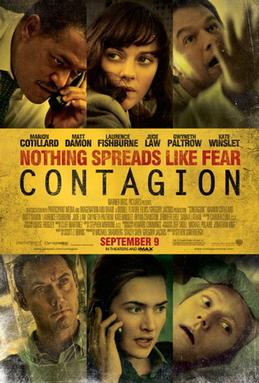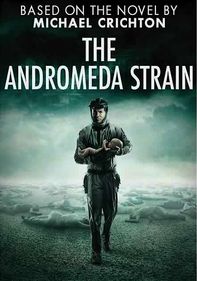As the continents (Antarctica excluded) of our planet grapple with the lethal and unseen enemy, one’s thoughts dwell on Hollywood’s fascination for the unknown… While the perils of viral annihilation has been the subject matter of many films, one would have thought that a pessimist genre would not work commercially for the film industry. But Hollywood has always developed the knack for adapting stories with a few jump-scares and churning them out as horror or sci-fi films. After all, ‘Fear is what gives life meaning’, goes a line in the 1989 vampire film – ‘Dance of the Damned’.
 The first film on the subject would, in all probability, be the 70-minute, 1924, silent movie – ‘The Last Man on Earth’. The title tells you half the story – that of a plague which has wiped out most of the male species. It was produced by Fox Film Corporation and inspired by Mary Shelley’s 1826 book, ‘The Last Man’. Incidentally, it was also the first film to depict a woman as the President of the USA!
The first film on the subject would, in all probability, be the 70-minute, 1924, silent movie – ‘The Last Man on Earth’. The title tells you half the story – that of a plague which has wiped out most of the male species. It was produced by Fox Film Corporation and inspired by Mary Shelley’s 1826 book, ‘The Last Man’. Incidentally, it was also the first film to depict a woman as the President of the USA!

Let’s analyse, in brief, two American films which had ‘virus’ as its theme. Both were directed by Oscar-winning directors. The 2011 ‘Contagion’ is perhaps the best known on the subject and if one goes by social media comments, it has been revisited by movie buffs within the last couple of months. Directed by the redoubtable Steven Soderbergh (Erin Brockovich, Ocean’s Eleven / Twelve / Thirteen) with a screenplay by Scott Burns, it’s about a woman (Gwyneth Paltrow) who returns from Hong Kong via Chicago and infects her young son too, with an unknown virus.
While both perish, the husband (Matt Damon) is surprisingly immune to the disease. Kate Winslet is the hands-on doctor and Marion Cotillard is sent by the World Health Organisation to Hong Kong to investigate. The star-studded cast includes Jude Law as an opportunist blogger and Laurence Fishburne as the fall-guy scientist. The 105-minute film had eerie coincidences in the disease being transmitted from bats to pigs to humans, economies collapsing, besides its share of conspiracy theories. It is debatable whether ‘Contagion’ was inspired by the 1995 novel of the same name, by Robin Cook, but it was indeed surprising that the film didn’t garner a single Oscar nomination.

The second, and relatively lesser known film is the 1971 ‘The Andromeda Strain’. Directed by four-time Oscar recipient, Robert Wise (West Side Story, The Sound of Music), it tells the story of an organism which reaches Earth when the space satellite lands in Piedmont, a remote town in New Mexico. All the inhabitants of the town, except an alcoholic and a six-month-old baby, perish. Four scientists are enlisted to stop the growth of the micro-organism and to stop humanity from extinction. In its time, it was the most credible monster of all as quarantined scientists race against the clock to find a vaccine to fight the unseen enemy – a self-producing virus since isolation of the bug was paramount for the lab scientists.
The 131-minute sci-fi thriller was based on author- screenwriter- producer-director Michael Crichton’s 1969 book of the same name. Crichton later also went on to write ‘Jurassic Park’ in 1990 and ‘Rising Sun’ two years later. While the cast comprised unknown actors, the film was notable for a couple of reasons – it cost six million dollars to make and was nominated for two Oscars – Best Art/Set/ Production Design and Best Editing. Director Robert Wise’s attention to detail included specially constructing an underground studio set in Universal’s biggest sound stage. All equipment was real, no artificial props were used. While both films depicted the scientists as deep-thinking, rational human beings, Crichton, in The Andromeda Strain, poses the question – ‘What is paramount, science or humanity?’
Coming back to Covid-19, nothing could be further from the truth!
- Sau Saal Pehle… Celebrating Mohammed Rafi’s Birth Centenary - 21 December2024
- Parsee Gym Retains Supremacy In 7th Late Manek Golvala T10 Cricket Cup - 13 April2024
- Parsee Gym Holds 9th All-Parsee TT Tourney - 6 April2024
